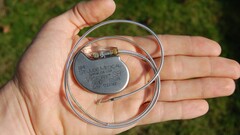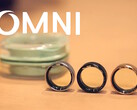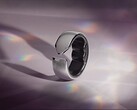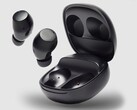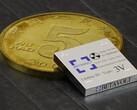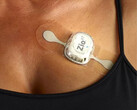The use of a temporary pacemaker can be a necessary part of surgery that treat heart conditions, to help regulate a patient's heart-beat during or after the procedure. The devices are associated with complications such as infection or injury to cardiac tissue. Some of those adverse effects have proven fatal, as in the case of pioneer astronaut Neil Armstrong who passed away in 2012 following a bypass operation.
A team led by Professors Igor Efimov and John A. Rogers of Northwestern University in Chicago assert that they can help improve outcomes in those with temporary pacemakers thanks to their new take on the technology.
Their prototype is described as miniaturized to measure just 1.8 millimeters (mm) × 3.5mm × 1mm, and thus capable of fitting into the tip of some syringes to potentially limit the invasiveness of its placement.
It has a cathode and an anode, made of molybdenum trioxide and either a composite of zinc (Zn) or an AZ31 magnesium alloy respectively: bio-compatible materials that should biodegrade into the cardiac muscle into which it has been placed when its job is done.
The tiny pacemaker is powered by electricity generated when it comes into contact with living tissue, and is controlled by near-infrared pulses intended to keep the heart pumping at a regular rate, delivered via a flexible patch worn on the chest.
The wireless system, a result of the discipline known as bio-optoelectronics, is touted to be preferable to the physical wires (or pacing leads) used with traditional pacemakers.
Efimov and Rogers assert that their new kind of pacemaker is effective and safe in their new paper, published in the journal Nature in February 2025.
The authors developed their concept with the intention of treating infants with congenital heart defects, although they also suggest that the technology could be used in other conditions or applications that might also respond to similar electrotherapy, such as pain management and neural regeneration.




